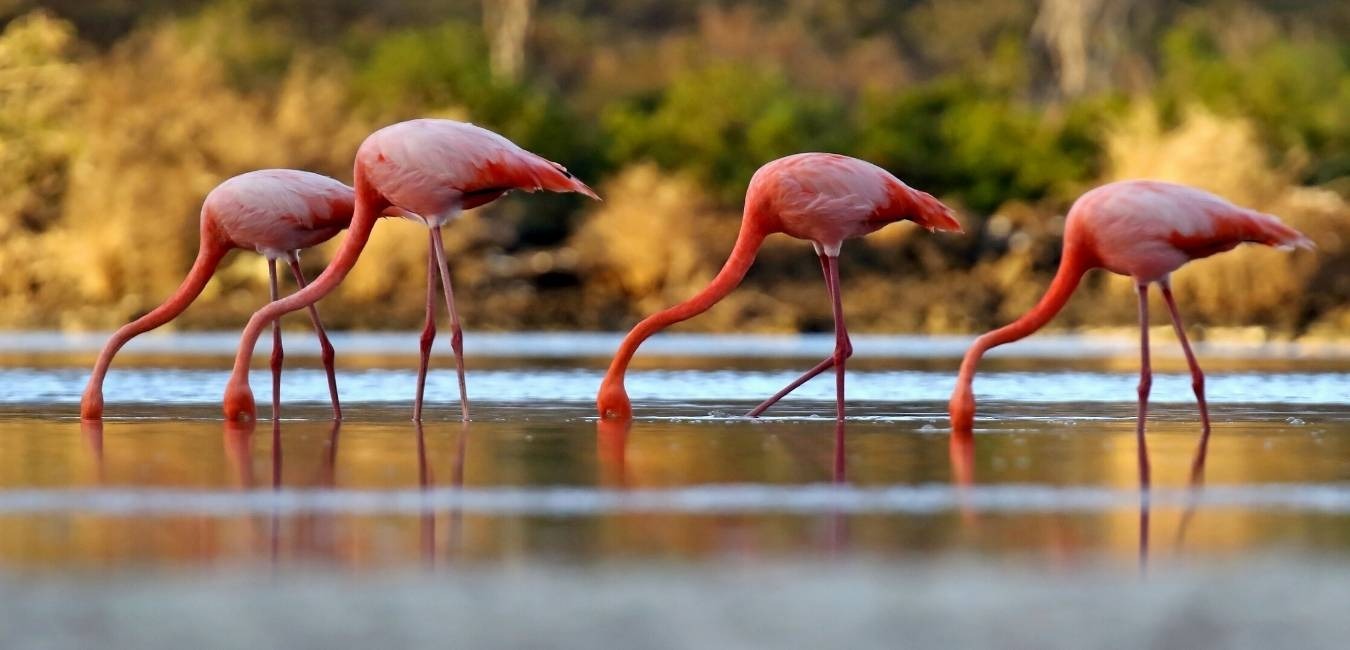The Fascinating Bird with Pink Milk and ‘Cheese’ Storage in its Body
In the vast and diverse world of nature, there are countless marvels waiting to be discovered. One such intriguing phenomenon revolves around a unique bird species that not only produces pink milk but also stores a peculiar substance often likened to cheese within its body. Join us as we delve into the fascinating world of the Galápagos flamingo and uncover the mysteries behind its extraordinary traits.
Introducing the Galápagos Flamingo
Native to the Galápagos Islands, the Galápagos flamingo (Phoenicopterus ruber glyphorhynchus) is a subspecies of the American flamingo renowned for its vibrant plumage and distinctive behaviors. While flamingos are known for their striking pink feathers and long, graceful necks, it’s their unique physiological characteristics that truly set them apart.
Pink Milk Production
One of the most remarkable features of the Galápagos flamingo is its ability to produce pink milk. Unlike mammals, which produce white milk due to the presence of the protein casein, flamingos secrete a lipid-rich substance from their upper digestive tract, known as crop milk. This crop milk is pink in color due to the presence of pigments called carotenoids, which the flamingos obtain from their diet of algae and crustaceans.
The Role of Crop Milk
Crop milk serves as a vital source of nutrition for flamingo chicks during the early stages of development. Both male and female flamingos produce crop milk, which is regurgitated and fed to the chicks in the nest. This nutrient-rich substance provides essential proteins, fats, and antibodies necessary for the chicks’ growth and immune system development.
Cheese-like Substance Storage
In addition to producing pink milk, Galápagos flamingos are also known for storing a unique substance within their bodies that bears a striking resemblance to cheese. This substance, often referred to as “flamingo milk” or “flamingo cheese,” is a thick, oily secretion produced by glands located near the flamingo’s esophagus. While its exact composition remains a subject of scientific study, researchers believe that flamingo milk plays a role in enhancing the birds’ buoyancy and waterproofing their feathers.
Adaptations for Survival
The ability to produce pink milk and store a cheese-like substance within their bodies are just two examples of the remarkable adaptations that enable Galápagos flamingos to thrive in their harsh and unpredictable environment. From their specialized bill structure for filter-feeding to their unique reproductive behaviors, flamingos have evolved a suite of adaptations tailored to their specific ecological niche.
Conservation Challenges
Despite their remarkable adaptations, Galápagos flamingos face a myriad of threats to their survival, including habitat loss, pollution, and disturbance of nesting sites. Climate change and human activities pose additional challenges, altering the availability of food sources and disrupting fragile ecosystems. Conservation efforts aimed at protecting flamingo habitats and raising awareness about the importance of biodiversity are essential for ensuring the long-term survival of these iconic birds.
Conclusion
The Galápagos flamingo stands as a testament to the incredible diversity and ingenuity of the natural world. From its production of pink milk to the storage of a cheese-like substance within its body, this remarkable bird continues to captivate and inspire scientists and nature enthusiasts alike. As we strive to conserve and protect our planet’s precious biodiversity, let us marvel at the wonders of creatures like the Galápagos flamingo and work together to safeguard their future for generations to come.



